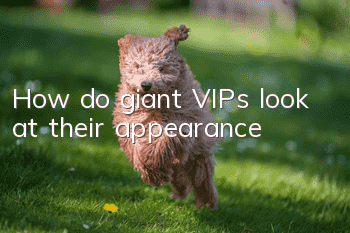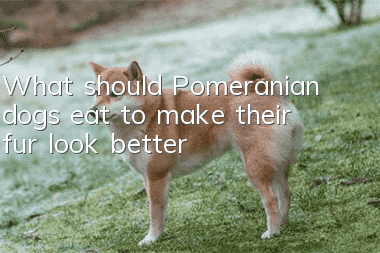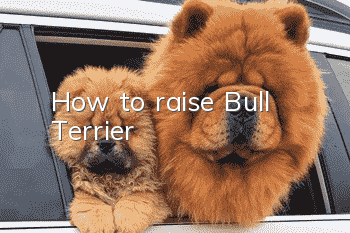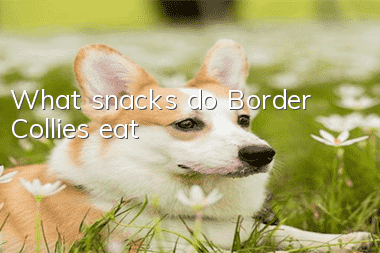How do giant VIPs look at their appearance?

How do you judge the appearance of a giant VIP? The head of a giant VIP is linear, with sharp edges under the skin, and cannot be too heavy or too large. When viewed from above, the entire skull of a giant VIP is oval in the longitudinal direction, with a slightly convex outline. The top of the eyes is arched; the black, white and gray giant poodle has a black nose and ears drooping along both sides of the cheeks.
Head: The head is prominent, linear and proportional to the body. The length must be slightly greater than 2/5 of the horse's height at the withers. Not too heavy or bulky, but not too delicate either. There needs to be sharp edges under the skin.
Skull: distinctly shaped; width less than half the head length (the central axis forms an axial plane angle of approximately 16 to 18 degrees). Viewed from above, the entire skull is longitudinally oval in shape with a slightly convex outline. The vertical axis diverges slightly. The eyes are arched above; moderately pronounced and covered with long hair. There are wrinkles on the forehead, the distance between the eyes is very wide, and it becomes narrower towards the occipital bone, which is very obvious (the mini type will be less obvious).
Stop: As in medium-sized dogs, barely noticeable.
Nose: distinct and well developed, occipital bone vertical; nostrils open. The nose color of black, white and gray poodles is black; the color of the nose of tan poodles is brown; the color of the nose of apricot poodles is brown throughout the dark brown range, and may also be black. There is no best color, all can be Accept it, but avoid possible fading.
Muzzle: The upper outline is straight; the length of the muzzle is approximately 9/10 of the length of the skull. The two branches of the lower jaw extend almost parallel. The lower jaw, rather than the edge of the upper lip, outlines the lower contour of the muzzle.
Lips: Slightly developed, fairly tight, of medium thickness, with the upper lip above and not exceeding the lower lip. Black, white, and gray dogs have black lips; apricot dogs have lips that range in color from the entire brown range to black. There is no optimal color, and all are acceptable. The corners of the mouth must be distinct.
Jaws and teeth: normal position, strong teeth. In judging or breeding selection, there will be no penalty for missing first or second molars in the upper jaw and second or third molars in the lower jaw.
Facial: Not significant. The shape is outlined by the cheek bones. The outer eye sockets are well defined but only slightly inset. The masticatory muscles and anatomical base of the cheek are slightly developed; the cheekbones are slightly arched.
Eyes: With an eager expression, set at the level of the stop and slightly slanted. The contour of the eyelids gives the eyes an almond shape. The eyes of black, white, gray and apricot Poodles are black or dark brown; those of brown Poodles may be dark amber.
Ears: very long, drooping along both sides of the cheeks, located on the extension line starting from the upper end of the nose and passing below the outer corners of the eyes, flat, widening at the back of the ear base, rounded at the tip, and covered with very long curly hair. Poodles whose ears do not reach the corners of the mouth are not classified as "Excellent".
- How to feed Alaskan Malamute
- What should I do if my dog is in a hurry to eat?
- What kind of hair is good for Border Collie? Key points of hair care for Border Collie
- How to judge the appearance of German Shepherd dogs
- What to feed a puppy with diarrhea and blood? What medicine should a puppy take with diarrhea and blood?
- How to deworm German Shepherd puppies
- What dogs can’t eat What foods dogs can’t eat
- When should German Shepherd puppies be dewormed?
- What is the personality of the American Cocker Spaniel? Introduction to the personality of the American Cocker Spaniel
- What to do if your dog eats randomly



